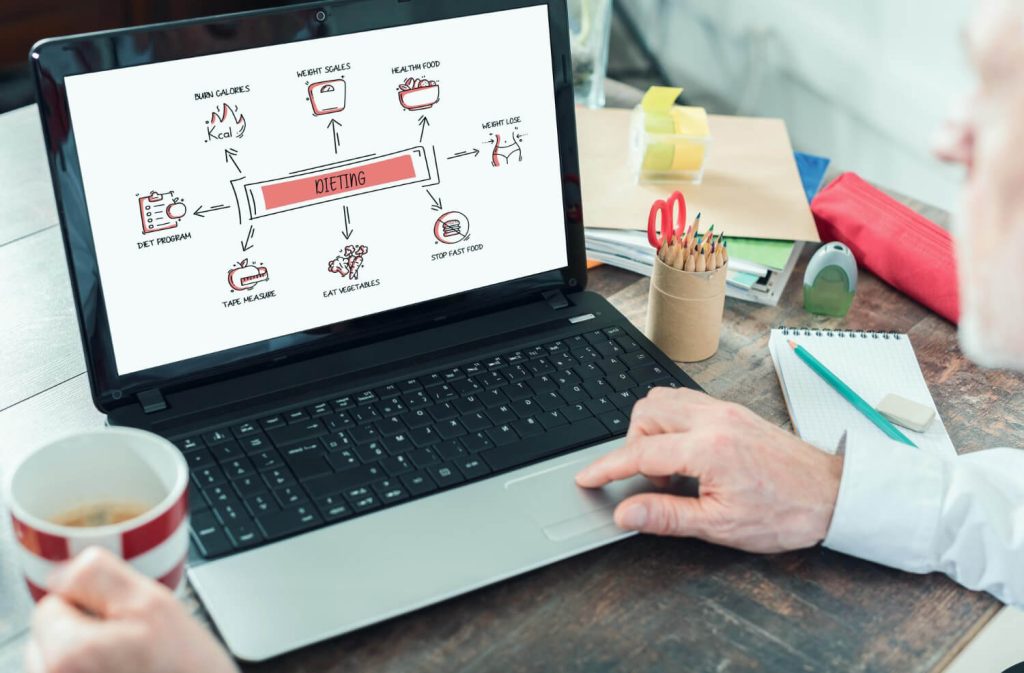Landing pages are one of the most essential components of any online marketing strategy. Whether you’re running a product launch, offering a free download, or driving traffic to a special offer, your landing page is where potential customers decide whether or not to engage with your brand. Creating a landing page that effectively drives conversions is crucial for achieving your business goals. In this post, we’ll walk through the key elements of a high-converting landing page and provide actionable tips for improving your conversion rates.
What Is a Landing Page?
A landing page is a standalone web page designed specifically to convert visitors into leads or customers. Unlike other pages on your website, which may serve as general content hubs or navigational tools, a landing page has a singular goal: to drive an action. This could be anything from making a purchase, signing up for a newsletter, downloading an eBook, or registering for a webinar. The success of a landing page is measured by its conversion rate—the percentage of visitors who take the desired action.
1. Define a Clear Goal
The first step in creating a landing page that drives conversions is to define a clear goal. What action do you want your visitors to take? Understanding this is crucial because it shapes every other aspect of your landing page design and messaging.
For instance:
- If you’re selling a product: The goal might be for visitors to make a purchase or add the item to their shopping cart.
- If you’re offering a free resource: The goal could be for visitors to enter their email address to download the resource.
- If you’re hosting a webinar: The goal would be for visitors to sign up to attend.
Once you’ve clearly identified the goal, your landing page elements—such as the headline, imagery, and call to action—should all align with this objective.
2. Craft a Compelling Headline
The headline is the first thing visitors see when they land on your page, so it needs to grab attention and convey the value of your offer in a concise way. A good headline clearly communicates what the page is about and why the visitor should care.
Tips for creating an effective headline:
- Be clear and specific: Avoid vague language and focus on what your offer delivers. For example, instead of “Get Fit Now,” try “Lose 10 Pounds in 30 Days with Our Fitness Program.”
- Highlight the benefit: People are motivated by benefits, not features. Focus on what the visitor will gain by taking action.
- Use power words: Words like “free,” “exclusive,” “easy,” and “limited time” can spark interest and urgency.
3. Use Persuasive Subheadings

While your headline is the main attention-grabber, your subheading gives you a chance to explain further. This is where you can expand on the promise made in the headline and provide more details about why the visitor should continue engaging with the page.
Tips for writing effective subheadings:
- Provide additional value: Offer more insight into what the visitor will receive by taking action. For example, “Get access to 10 exclusive workout routines, meal plans, and personalized coaching.”
- Be brief but informative: The subheading should quickly convey the value of your offer without overwhelming the visitor with too much text.
- Use emotional triggers: Phrases like “Never struggle with workouts again” or “Feel confident in your body” resonate emotionally and make the visitor more likely to convert.
4. Make Your Call to Action (CTA) Clear and Visible
Your call to action (CTA) is the most critical element on your landing page. It’s the button or link that prompts the visitor to take the desired action. A strong CTA should be visually prominent, compelling, and easy to understand.
Tips for creating an effective CTA:
- Use action-oriented language: The CTA button should include a strong action verb like “Download Now,” “Get Started,” “Buy Today,” or “Sign Up for Free.”
- Make it stand out: Use contrasting colors to ensure that your CTA button grabs attention. It should stand out from the rest of the page but still fit within the overall design.
- Position it prominently: Place your CTA above the fold (the part of the page visible without scrolling) and make sure it’s repeated in strategic locations on the page (e.g., after the headline, in the middle of the content, and at the bottom).
5. Create a Simple and Clean Design
A cluttered landing page can overwhelm visitors and distract them from your CTA. Keep your design simple, focusing on key elements that drive conversions.
Tips for a clean and effective design:
- Use white space: Adequate spacing around text and images makes the page easier to read and navigate.
- Limit the number of images: Use high-quality images that support your offer but avoid overcrowding the page with too many visuals.
- Ensure mobile responsiveness: A growing number of visitors access websites via mobile devices. Make sure your landing page looks and functions well on both desktop and mobile.
6. Provide Social Proof
Social proof is the psychological phenomenon where people look to others to determine their actions. By showcasing testimonials, reviews, or case studies, you can build trust and credibility, making it easier for visitors to take the next step.
Ways to incorporate social proof:
- Testimonials: Include short, powerful quotes from customers who have benefited from your product or service.
- Case studies: Share in-depth stories of how your product or service has helped clients solve problems or achieve results.
- Trust badges: Add any relevant certifications, security seals, or partnership logos that lend credibility to your offer.
7. Focus on the Benefits, Not Just Features
While it’s tempting to list all the features of your product or service, people are more likely to convert when they understand how your offer will benefit them. Focus on how your product or service can solve their problem or improve their life.
For example:
- Feature: “Includes 24/7 customer support”
- Benefit: “Get help anytime you need it with our 24/7 support team.”
Reframe your content to emphasize the emotional impact of your offer—how it will make the visitor feel, solve their pain points, or improve their situation.
8. A/B Test Your Landing Pages
Even the most well-designed landing pages can benefit from optimization. A/B testing (also known as split testing) involves creating two variations of your landing page and testing them with different segments of your audience to see which performs better.
Things to test:
- Headlines and subheadings
- Call-to-action buttons (language, color, placement)
- Images or videos
- Layout and design elements
- Forms and input fields
Regularly testing and iterating on your landing pages can help you fine-tune your approach and drive higher conversion rates.
9. Optimize Your Landing Page Speed

Visitors are impatient, and slow-loading pages can lead to higher bounce rates. A delay of even a few seconds can impact your conversion rates. To optimize page speed, compress images, minimize the use of heavy scripts, and consider using a content delivery network (CDN).
10. Ensure Clear Navigation and Trust Signals
A landing page should focus visitors’ attention on the conversion goal, but it’s also essential to provide easy navigation in case they want to learn more. Consider including clear contact information or links to your privacy policy, terms of service, or frequently asked questions (FAQs).
Trust signals include:
- Security certificates for payment processing
- Testimonials and reviews
- Professional design and branding
Conclusion
Creating a landing page that drives conversions requires careful planning, attention to detail, and ongoing optimization. By following these best practices—defining a clear goal, crafting compelling headlines and CTAs, using social proof, and continuously testing—you can create landing pages that effectively convert visitors into loyal customers. Remember, the key to a successful landing page is not just to drive traffic, but to create a seamless and persuasive experience that encourages visitors to take action.

